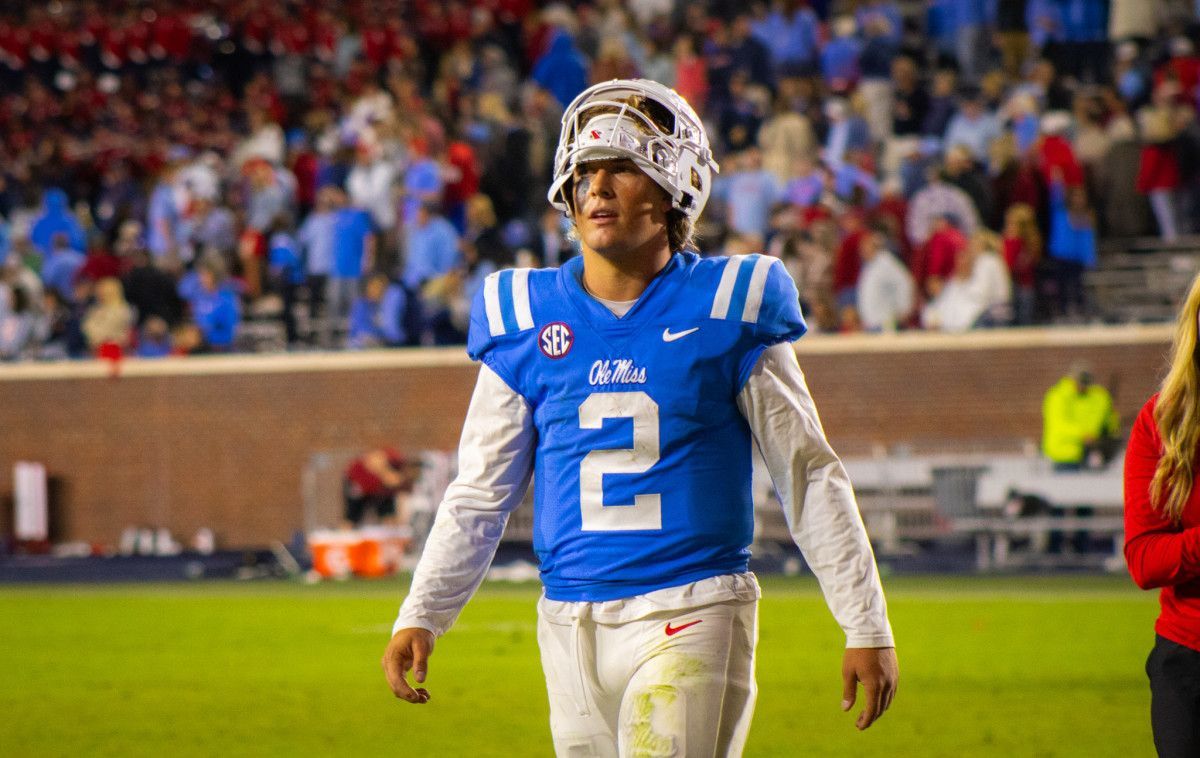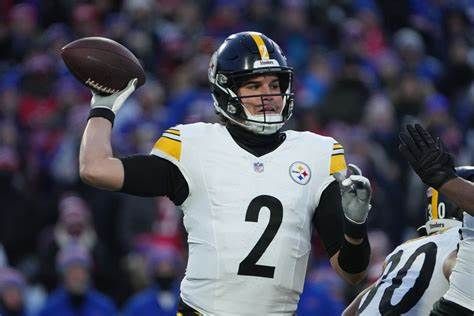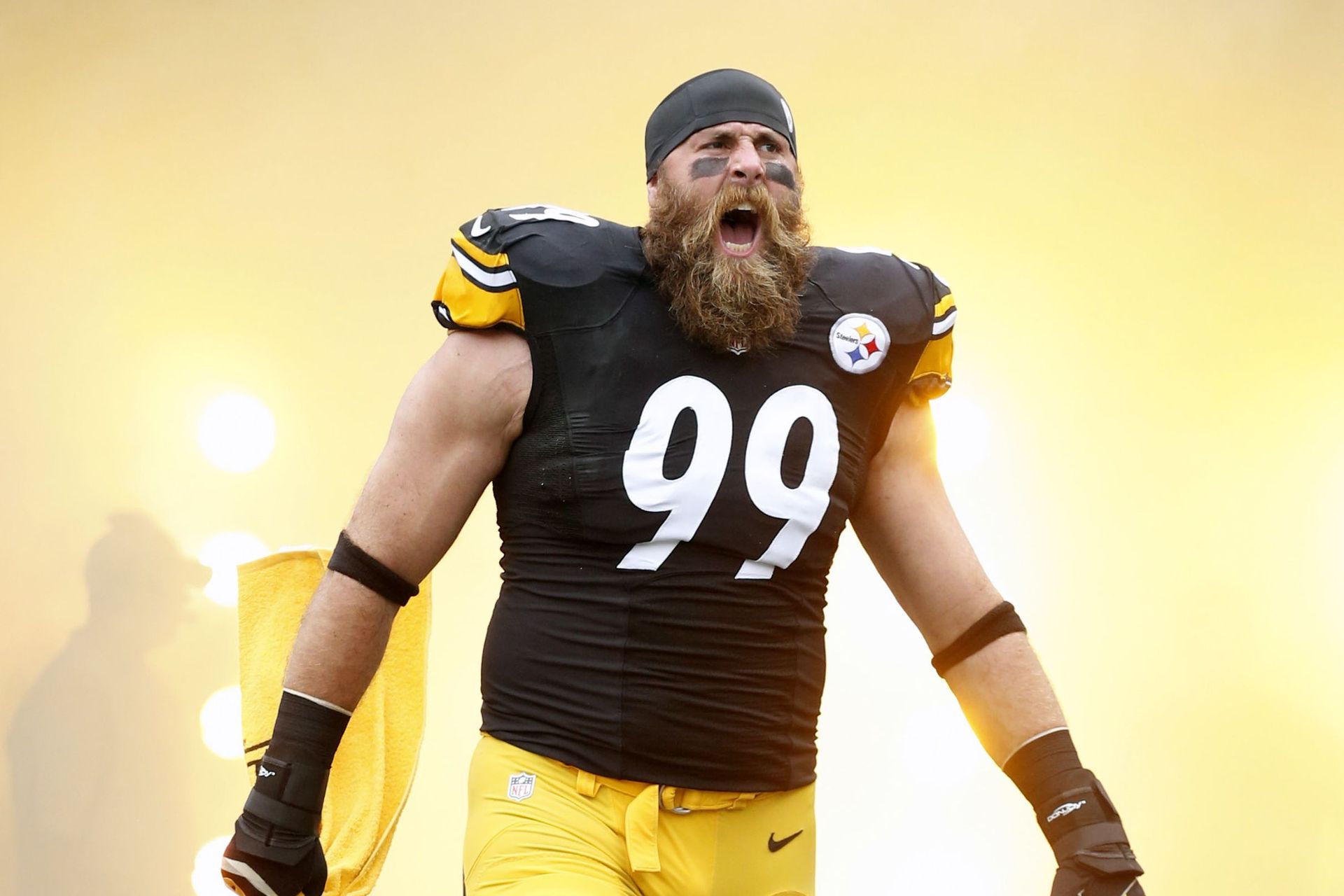Jordan Addison and the NIL Effect
Story by Yinzer Crazy Contributor Luke Ranalli
It's time for some NIL 101, because like plenty of you, I'm still learning the intricate nuts and bolts. The first question I had was just what is NIL and what does it imply? For those who don't know, NIL is an acronym for Name, Image, and Likeness, and is being used to pay players for just that through endorsements. Such endorsements can include but aren't limited to social media posts, autograph signings, and products. This is great in theory, but we are already seeing the advantages this is bringing to some, and just how disadvantaged others will be.
The first problem with NIL is that the rules vary between states. Most states prohibit the endorsement of tobacco or alcohol, and gambling, but not all. Some states prohibit the use of logos and other copyright materials in the endorsement, but not all. Some schools based in said states may also be particular about what they allow and don't allow their student-athletes to partake in. I think you can see where the grey line comes in and where this can be more lucrative for some schools and their athletes, and not others.
Another issue is marketability, in that some schools just have a bigger name, and will obviously be able to capitalize on more lucrative endorsements. That's not to say that smaller schools won't be able to get endorsements, but they will most likely be turning to local businesses for help. That isn't necessarily a bad thing, but it could prove to be more challenging for the school and the athlete that feels they could do better in a bigger market.
Since most endorsements are through the team itself, every athlete will benefit. The key here is when it comes to the individual athlete OFF the field. In the professional world, you expect an athlete to perform in the big games and make big plays to get the next big payday. While being a superstar on the field will certainly help a college athlete make the big bucks, their ability to market themselves off the field is what will matter most.
With all that being said, I think I got most of what matters about NIL deals for the NCAA. Now let's shift to Jordan Addison and why it was such a big deal, and why it will most likely cause more rules to be put into place in the future.
The first shady event to take note of is that it was said that USC's new head coach Logan Riley has been in talks with Addison well before entering the portal. Coaches have always made backdoor dealings to get players to sign with their organization, the NIL was supposed to help fix that, not make it worse. Riley left the Sooners last year and took a lot of talent with him, now he is for lack of better terms, poaching as many more as he can to create a powerhouse at USC.
Now, whether Pitt could have matched the $3mil Addison is expected to get this year or not isn't the big issue. The issue for Addison is which school is in a better location for me to get paid. As my good friend and sports' savant, Eric, put it "NIL was supposed to be used as a way for players to get compensation while basically doing an internship to become a professional football player. Schools shouldn't have to worry about matching NIL offers - this isn't NFL free agency."
That is a really good point. Is college going to have "free agency" after every season? Will the transfer portal become a cluster of athletes trying to get their big payday before even making it pro?
The phrase that I see thrown around a lot while looking into all this was "wild west" and for good reason. It seems like this is going to be a shit show for the next few years while NIL gets figured out. What it seems like is that there will be a few stacked teams because of who they are, and what they can offer their athletes, as opposed to those who aren't in as marketable of a location, based on a myriad of reasons.
I wonder what this will mean for not only college football in the near future, but the NFL as well.
You might also like
Yinzer Crazy
Book a Service Today
We will get back to you as soon as possible
Please try again later
Yinzer Crazy
24/7 Yinzer Sports Coverage
Location
Your Fan Cave,Pittsburgh, PA
Email
Yinzercrazyshow@gmail.com
Follow us on Social Media! YouTube: YinzerCrazy
Twitter: @YinzerCrazyShow
Instagram : @Yinzer_Crazy
Facebook: Yinzer Crazy
All Rights Reserved | Yinzer Crazy | Built With Love ♥





